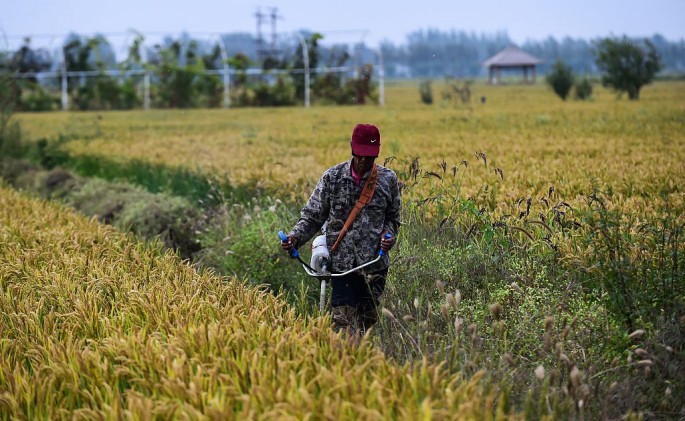At least 3 trillion yuan ($450 billion) have been set aside by the Agricultural Development Bank of China for loan fund to help modernize China's agriculture industry by 2020, according to state media on Sunday, Sept. 18.
The move came following the signing of an agreement between the Ministry of Agriculture and the bank, which ensures national food security, support for the industry doing business abroad and the country's seed industry, the Xinhua News Agency reported.
The report, however, did not clarify if the deal is separate from the bank's plan to lend 3 trillion yuan for poverty alleviation through agricultural investments, which was announced in May.
According to a Reuters report, the deal was made to help raise the efficiency of the country's agriculture industry as well as encourage growth of rural income.
The report said that the management of financial services, as well as the offering of financial products and setting of interest rates, will be handled by the Agricultural Development Bank of China.
Earlier this month, ChemChina, a Chinese state-owned company, extended its offer to acquire Syngenta, a Swiss pesticides and seeds group for $43 billion, which caused food security concerns in the U.S. the deal later passed the regulatory clearance.
Aside from these efforts, agriculture reforms were also planned by China to address the food security crisis and the issues on how to feed 1.3 billion people with only 7 percent of arable land.
To support the measures, the Chinese Communist Party (CCP) took actions such as the acquisition of land overseas that included the largest dairy in Australia, more than 324,000 hectares of farmland in Argentina, and soybean-processing plants worth billions of dollars in Brazil.
Taxes on fertilizers and pesticides were also re-introduced by the government as it implemented reforms in incentives and subsidies for farmers such as increasing subsidies for high-value and in-demand crops while reducing support for unprofitable ones.




























